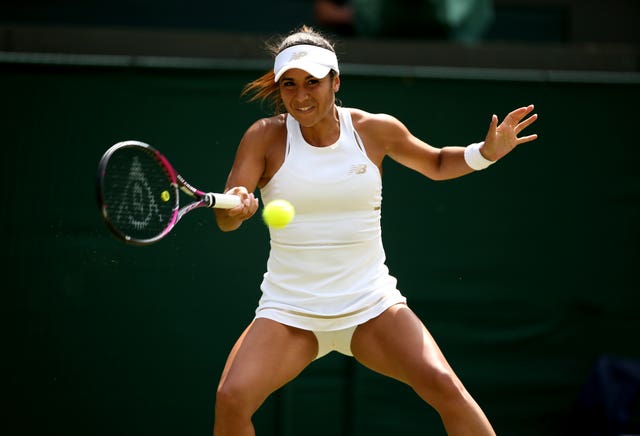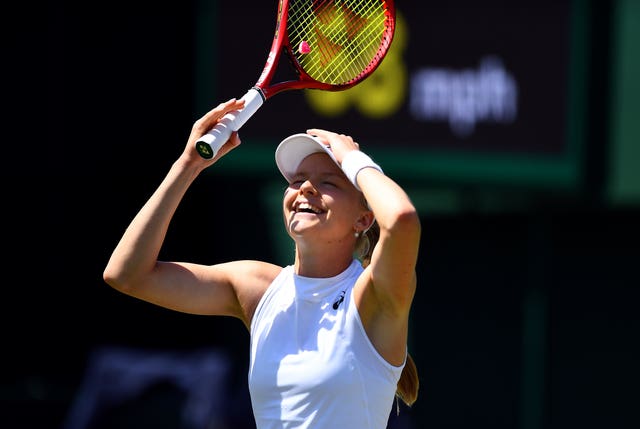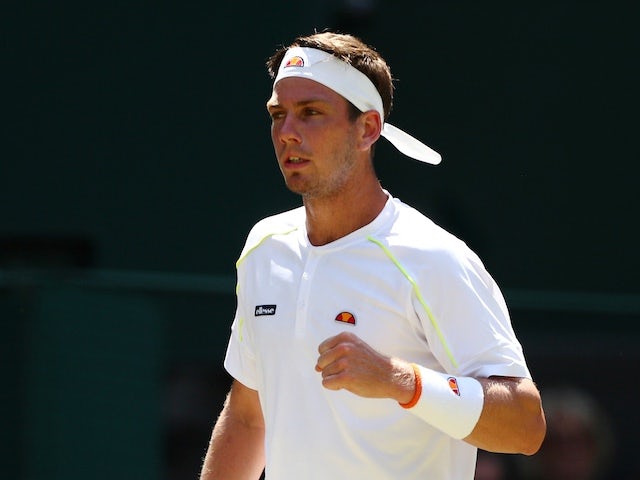With Andy Murray sidelined through injury, seven British players will compete in the main singles championships at the Australian Open.
Here, the PA news agency looks at Britain’s representatives.
Dan Evans

Evans had to qualify in Melbourne last year and it is a demonstration of what an impressive 12 months he has had that he goes into this year’s tournament at a career-high ranking of 32 and as the 30th seed.
With his year-long drugs ban now firmly behind him, Evans has added reliability to his obvious talent and competitive grit and remains both a compelling player to watch and one capable of stand-out wins.
He led Britain brilliantly at the ATP Cup and enjoys the conditions in Melbourne, where he reached the fourth round in 2017, claiming the best win of his career against Marin Cilic.
Cameron Norrie

Left out of the British team for the Davis Cup finals, Norrie played as the number two behind Evans at the ATP Cup and came away with two victories, albeit against lowly-ranked players.
Last season was again one of progress for the 24-year-old left-hander, who reached his first ATP Tour final in his home city of Auckland and broke into the world’s top 50 for the first time, finishing the year at 53.
This will be Norrie’s second appearance in the main draw at Melbourne Park. He lost to American Taylor Fritz on his debut last year.
Kyle Edmund
Having drawn a line under a hugely disappointing 2019, Edmund can hopefully look ahead to what is to come this year with optimism.
He has a new coach in experienced Argentinian Franco Davin and no ranking points to defend until the end of February, which should help him push back towards at least the top 50.
His performances in helping Britain to the Davis Cup semi-finals in November showed a player perhaps potentially even better than the one who made the last four in Melbourne in 2018 and reached the world’s top 15.
Johanna Konta
Konta will hope to carry on her brilliant grand slam run having reached at least the quarter-finals at the last three tournaments.
But she has not won a match since beating Karolina Pliskova in the fourth round of the US Open in early September having subsequently called time on her season to address a nagging knee injury.
It remains an issue, and Konta’s only warm-up match was a defeat by Barbora Strycova in Brisbane. The 28-year-old Sydney native loves the Australian conditions but she has landed in a very tricky part of the draw.
Heather Watson

Having initially been just outside the ranking cut-off, withdrawals allowed Watson to make it into the main draw for a ninth straight year.
Last season was largely disappointing, with a first-round loss to Petra Martic in Melbourne part of an eight-match losing streak. But Watson finished the year by reaching a fourth WTA Tour final in Tianjin and goes into the tournament on a high after making the semi-finals of the Hobart International.
Watson’s best performance in Melbourne came in 2013, when she reached the third round.
Katie Boulter
Well it’s been a rollercoaster of a year, from some of the best weeks of my career to some of the most challenging. To those of you who have supported me throughout, I’m so thankful. You know who you are. 2020 I’m coming for you. 🔜 🇦🇺 pic.twitter.com/4XHtg3tiUf
— Katie Boulter (@KatieBoulter1) December 12, 2019
The 23-year-old from Leicestershire is currently ranked down at 317 but has entered what will be her first grand slam for a year using a protected mark of 85.
Boulter produced one of the best wins of her career against Ekaterina Makarova in the first round in Melbourne last year but a back injury – suffered in helping Great Britain to their historic Fed Cup victory over Kazakhstan in April – ended up ruling her out for more than six months.
It is a long way back up the rankings but Boulter has a big game and a strong mentality.
Harriet Dart

Dart was the only British player to win a match in qualifying, with three straight-sets victories sending her through to the main draw in style.
It is the second straight year she has achieved the feat, and she will hope for a different outcome in the first round having failed to win a game against Maria Sharapova 12 months ago.
Dart, ranked 173, also qualified at the US Open last summer, while her best week came at Wimbledon, where she battled through to the third round. The 23-year-old Londoner has a strong work ethic and reliable ground strokes but a weak second serve frequently gets punished.









